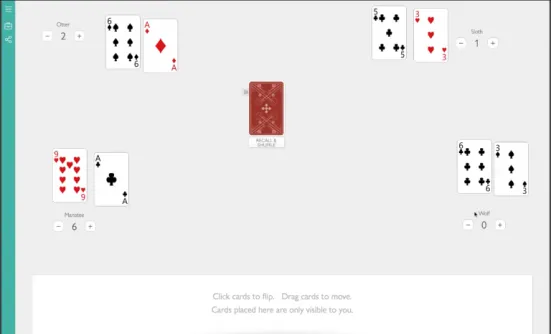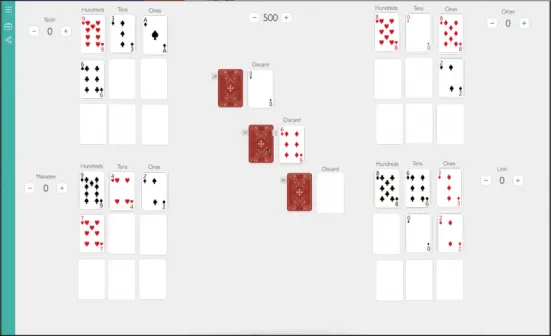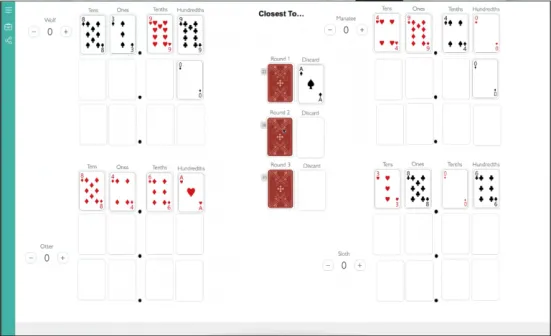Closest To
Age group
- Primary (Age 6 to 9)
- Junior/Intermediate (Age 9 to 12)
Curriculum Goal
Primary: Number Sense
Use place value when describing and representing multi-digit numbers in a variety of ways, including with base ten materials.
Junior: Number Sense
Read, represent, compare, and order decimal numbers up to hundredths, in various contexts.
Related Links
Context
- Students and teachers will gather either in a physical classroom setting (e.g., in a circle or around a table) or an online video conferencing platform.
- Primary students should be familiar with place value for whole numbers while junior students should have experience with place value for decimal numbers.
Materials
In-person version
- One standard 52-card deck with face cards and jokers removed
- A sheet of paper with place values indicated (Appendix A)
Online version
- Game file
- Video conference capabilities
Lesson
- Demonstrate place values while using the cards as a visual cue; ask students to identify each place value position in the game (Appendix A).
- Draw a card from the deck and ask students to collectively determine what the number would represent in each place value (e.g., 1, 10, 100).
- Explain that the objective of the game is to create a number as close as possible to a target number by considering place values.
- Variations:
- 3-digit numbers
- Deal three cards to each player. Challenge each player to create a number closest to the target number of 500 by using each card to represent a place value.
- 4-digit numbers
- Deal four cards to each player. Challenge each player to create a number closest to the target number of 500 by using each card to represent a place value.
- Keep or Discard
- Use the above target numbers or choose your own.
- Each game consists of five rounds. Players receive one card each round and must decide whether to keep or discard it.
- Keep:
- If the student keeps the card, they may place it in one of the place values (e.g., ones, tens, hundreds, etc.). However, once placed, its place value position cannot be changed.
- Discard:
- Students may choose to discard their card, with a limit of two discards per game.
- The student with the number closest to the target number receives three points while the student with the second closest number receives two points.
- Keep:
- Decimal Places (Junior)
- Use decimal target numbers instead of whole number target numbers.
- The student with the number closest to the target number wins, following the same rules as the primary version.
- 3-digit numbers
Image

Image

Image

Look Fors
- Are students accurately using the terms “tens,” “hundreds,” “thousands” consistently?
- Are students accurately recognizing the value of the digits in the tens, hundreds and thousands positions?
- Do children understand that zero holds value and that the value is different depending on where the digit lies within the number?
- Are students using different strategies to place their cards in a specific position in order to maximize their chance of winning?
- Do Junior students understand that the decimal separates whole numbers from fractional (or part) numbers?